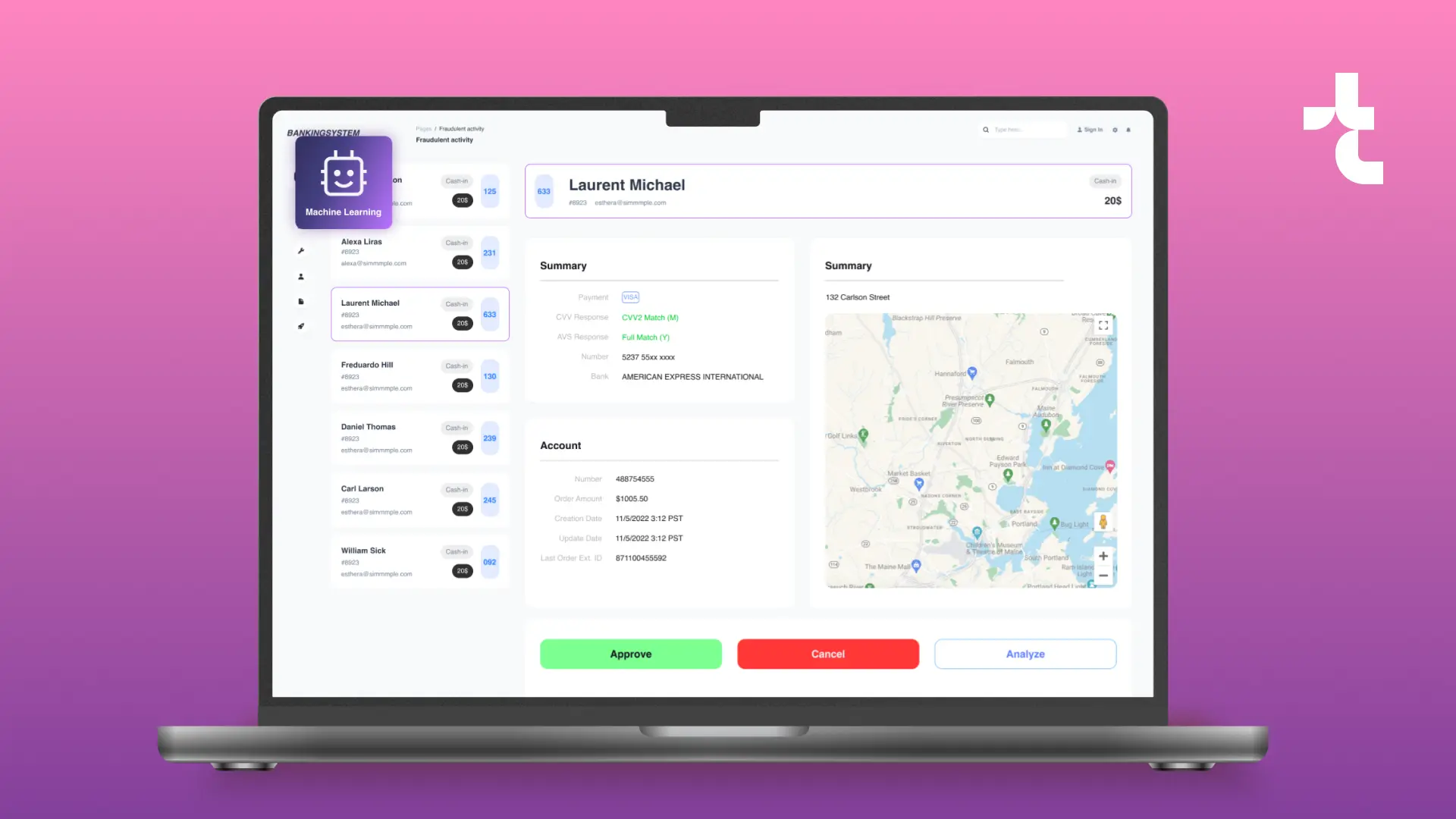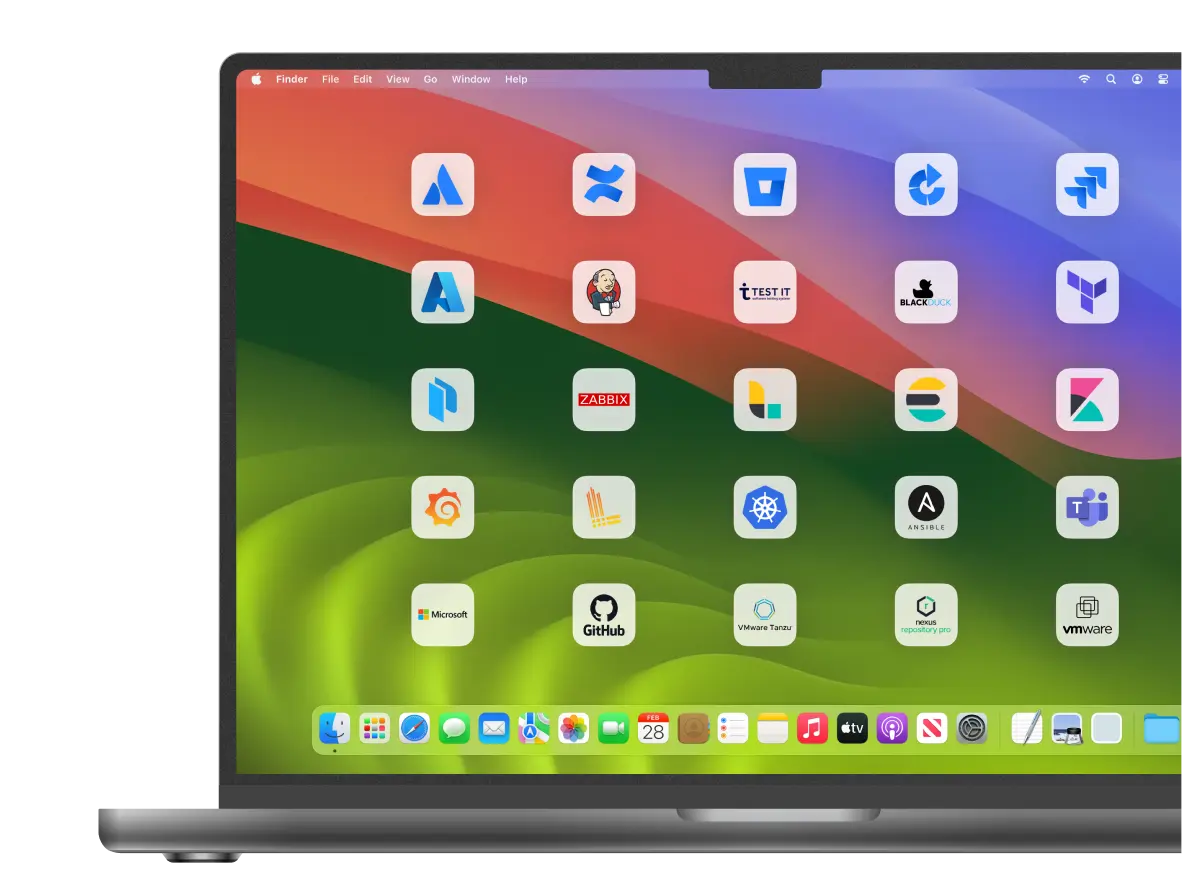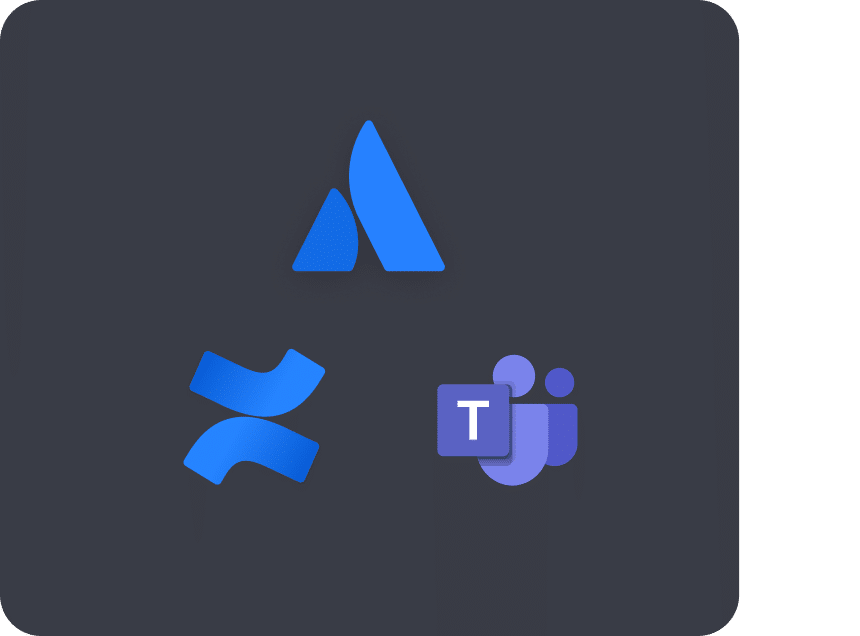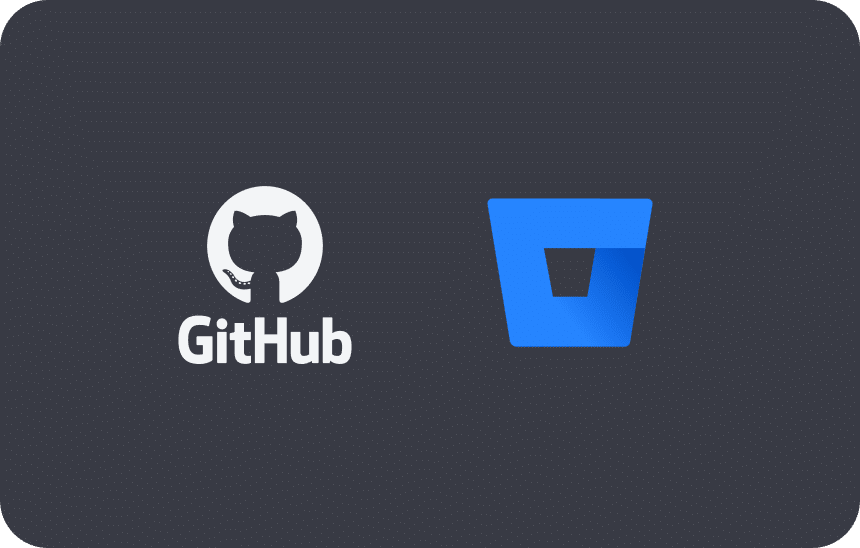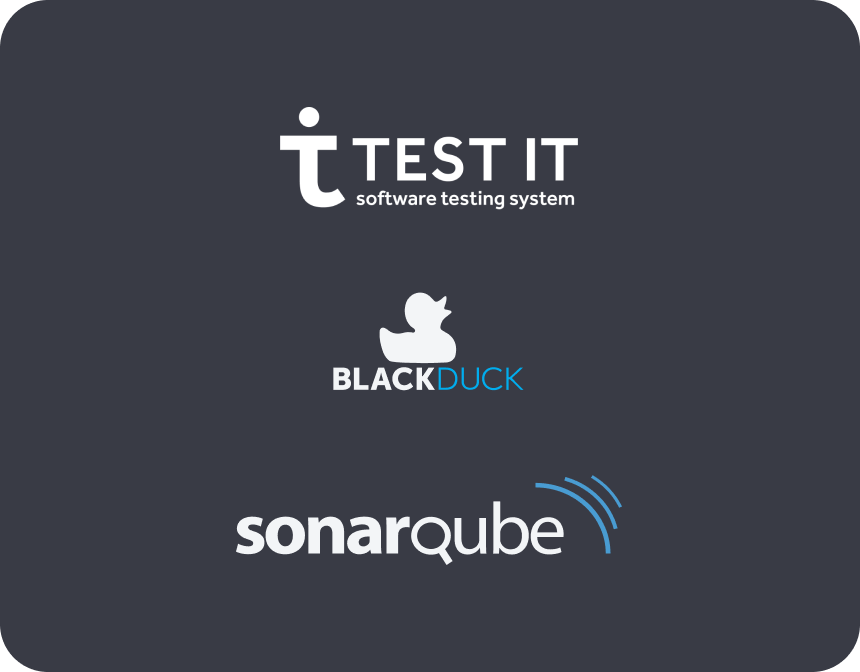ML in Banking: 5 Times Less Fraud Risk by Spotting Weird Transactions
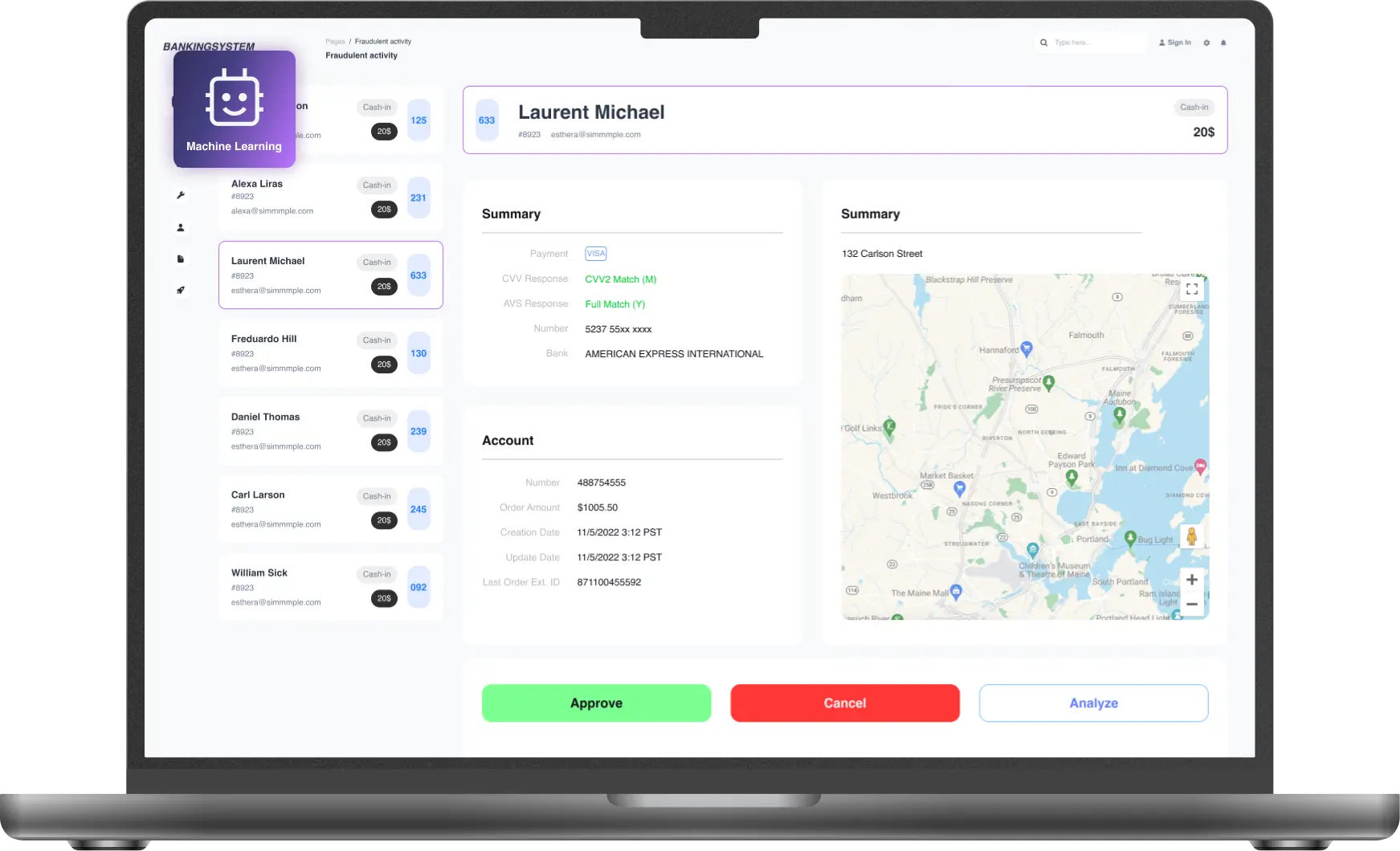
Client*
Project in numbers
Team involved in the project
Python, Scala, DVC, MLFlow, Comet, Apache Spark MLLib, Scikit-learn, LightGBM, XGBoost, Hyperopt, PySpark, Numpy, Pandas, Scipy, Docker, Docker Compose, Kubernetes, Jenkins
Challenge
Related objectives
Solution & functionality
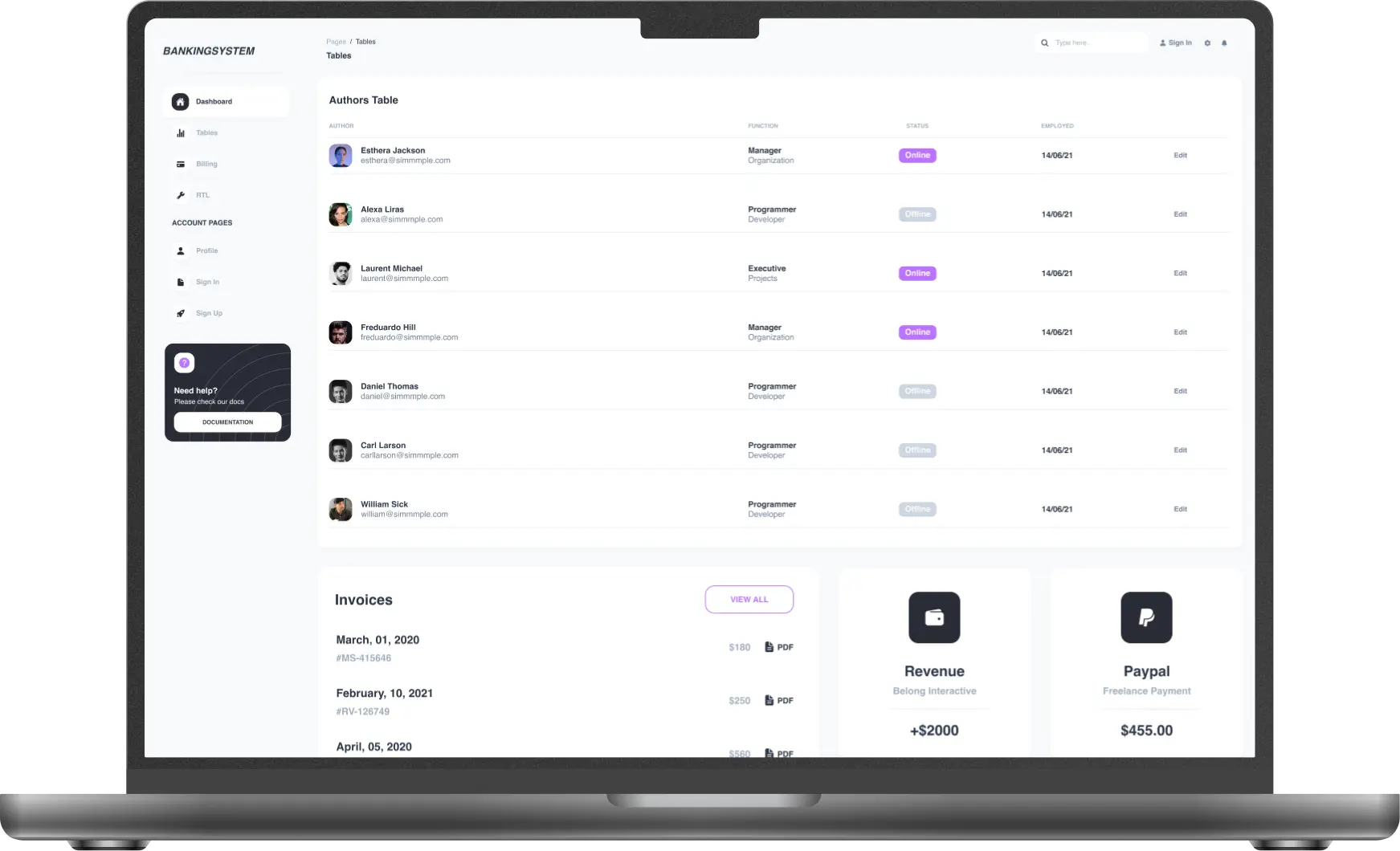
Aggregating data
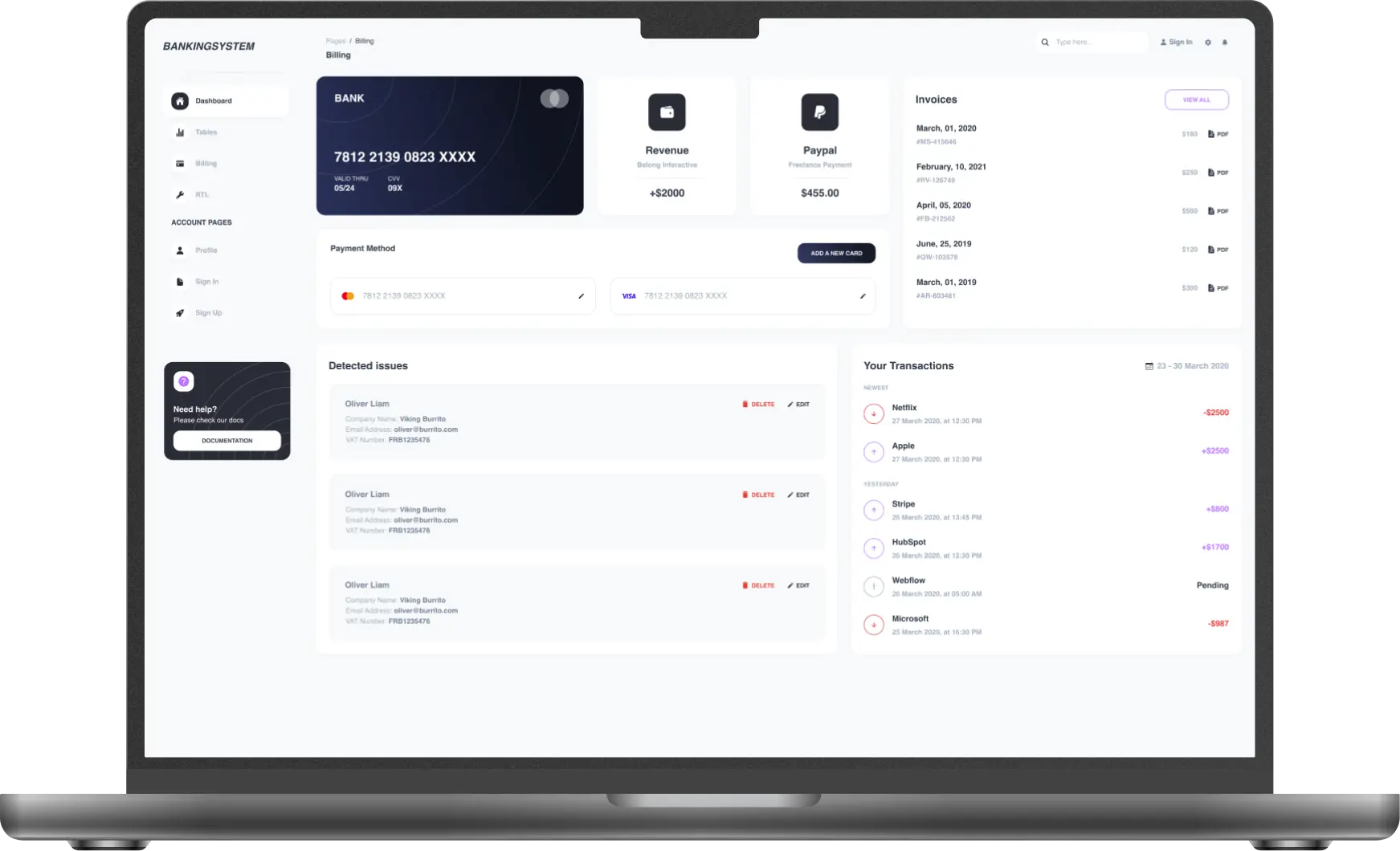
Detecting anomalies
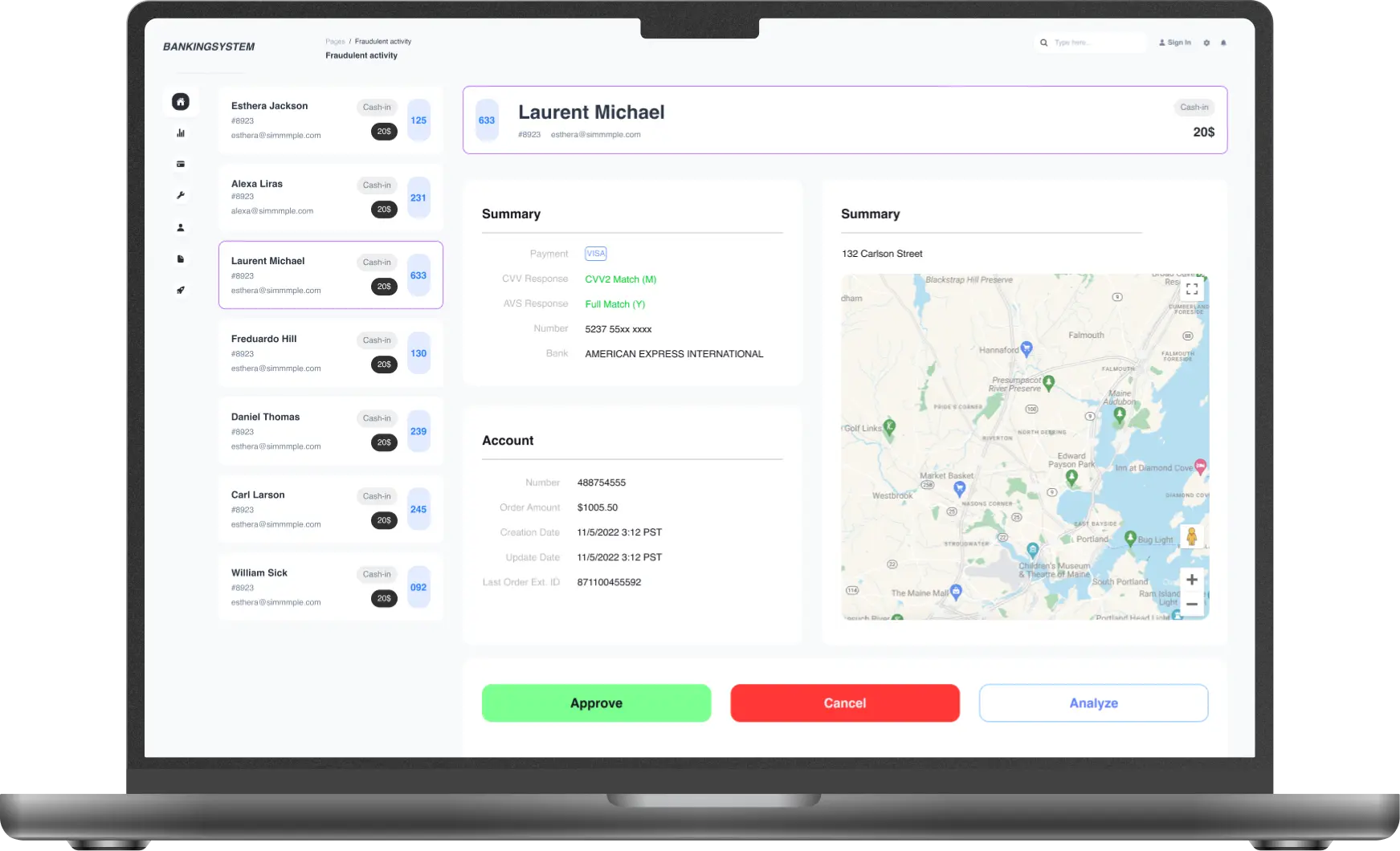
Training the ML model
Implementing the ML model
- If fraud odds are below 5%, the transaction gets the green light.
- If the odds range between 6% and 70%, an extra check like an SMS code, fingerprint, or secret question is needed.
- If the fraud chance tops 80%, the transaction’s axed, needing hands-on analysis.
Results and business value
x2.4 speedier in processing
99.3% accuracy of fraud detection
Less mundane tasks
Related cases
Need assistance with a software project?
Whether you're looking for expert developers or a full-service development solution, we're here to help. Get in touch!
What happens next?
An expert contacts you after thoroughly reviewing your requirements.
If necessary, we provide you with a Non-Disclosure Agreement (NDA) and initiate the Discovery phase, ensuring maximum confidentiality and alignment on project objectives.
We provide a project proposal, including estimates, scope analysis, CVs, and more.
Meet our experts!
Viktoryia Markevich
Relationship manager
Samuel Krendel
Head of partnerships

